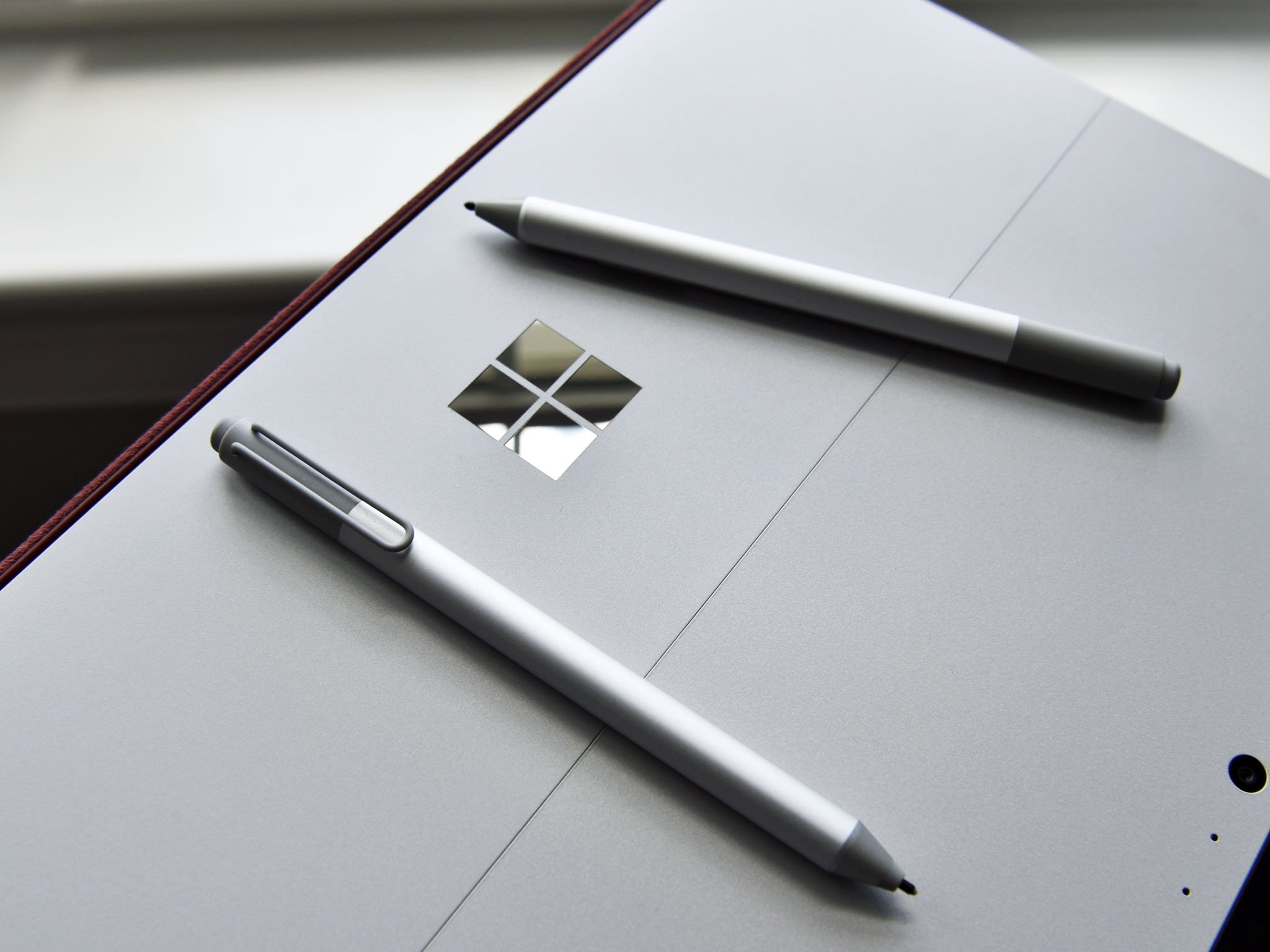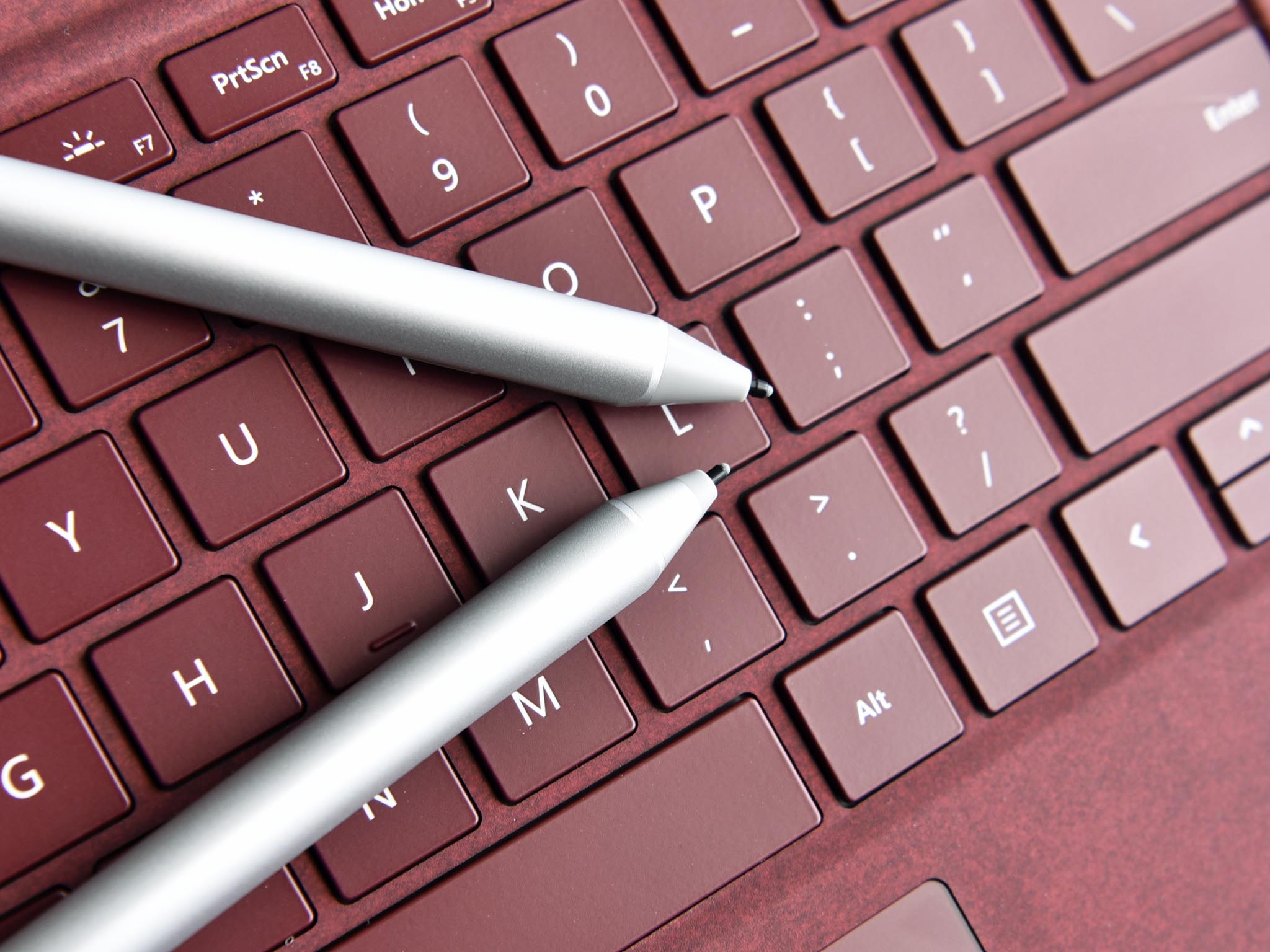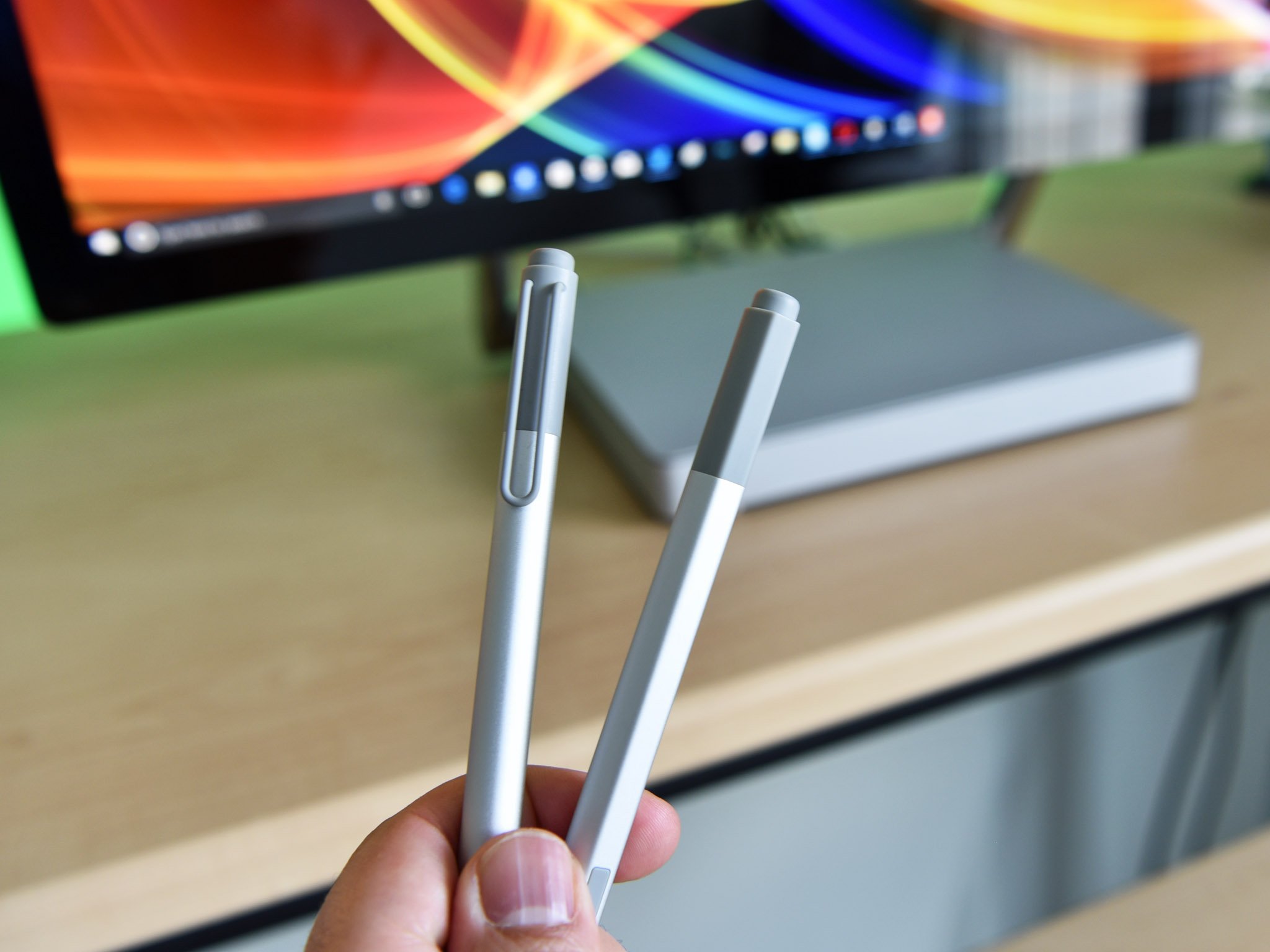Microsoft's new Surface Pen delivers (limited) enhancements to older Surface PCs
Owners of older Surface PCs may wonder what the new Surface Pen can do for them. Here is what you need to know.

Microsoft's new $99 Surface Pen is a steep upgrade from the previous iteration that costs $59 (and which is still available. There are quite a few enhancements that may justify the cost for new Surface Pro owners. But for older Surface devices, the value is not too clear.
Here is what owners of previous Surface devices should expect with the all-new Surface Pen.
What's new?
The new Surface Pen brings significant changes. Here are the key features being advertised or that we noticed.
1. Pressure levels
The new Pen has 4,096 pressure levels, up from 1,024 levels of the previous Pen. The new Surface Pen is simply more sensitive than the last one. While there can be a debate about how significant this advance is, artists and professional inkers prefer more sensitive pens. Higher levels of pressure allow for greater shading or increased detail when drawing. In fact, Wacom's new Intuos Pro Paper Edition tablet features 8,192 levels of pressure – but that device is not a PC, and there is such thing as diminishing returns. For note takers, higher pressure levels make the stylus feel more natural.
2. Decreased latency
Latency is the time between when the pen tip hits the display, and digital ink begins to flow. If you draw or write quickly, you will see a visible gap between the pen tip and the digital ink, almost like the ink is trying to catch up to the pen. Real pens have zero latency, which is why they feel natural. The entire digital inking market has been trying to reduce latency to simulate real pens accurately. The new Surface Pen drops latency down to just 21 milliseconds from the previous 40 milliseconds. That is a significant decrease when you consider the display refresh, OS, and apps by default cause 16 milliseconds of latency.
3. Tilt support
If you took a real pencil and turned the tip on its side you could use it to "shade." That fanning of the graphite creates a different experience than just writing with the tip. Digital pens should do this. too, but simulating it on a PC is not easy – after all, it's just plastic on glass and the computer does not "know" the difference. The new Surface Pen supports this feature, as well, thanks to advanced hardware.
4. Lower initial activation force
Initial activation force (IAF) refers to the amount of pressure needed for a pen to trigger an inking event on the PC – the lower, the better. A similar real-world analogy is how a Sharpie marker can lightly brush against an object and leave a mark versus a pencil. With the new Surface Pen, the IAF is down to around nine grams, making it more sensitive than the last version.
All the latest news, reviews, and guides for Windows and Xbox diehards.
Besides the big technical changes with the new Surface Pen, there are subtle physical changes as well. There is no longer a shirt clip, for example, which some people won't like. The single button is also now visually and physically distinct from the magnetic strip. The LED pairing light is also now green instead of white, so there's that (detalil is detail!).
Otherwise, the new and old Surface Pens look similar, weigh the same, and take the same single AAAA battery, that should last the same amount of time.
What can the new Surface Pen do on older Surface PCs?

Unfortunately, not all legacy Surfaces get all of these improvements. Here is what Microsoft told me when I asked about the new Pen and older Surfaces:
- Devices that (eventually will) support new Surface Pen enhancements: Surface 3, Surface Pro 3, Surface Pro 4, Surface Book, Surface Laptop, and Surface Studio.
- Pressure levels: All the devices mentioned above will see improvements "up to" 4,096 levels.
- IAF: All devices mentioned above will see "fine-tuning" of IAF.
- Improved latency: All devices mentioned above will see improved latency.
While these advances are coming, they are not here today – at least not completely. In my usage of the new Surface Pen on the Surface Studio and Surface Pro 4, I noticed an overall increased sensitivity and reduced IAF – there is just less effort needed to use the Surface Pen. That experience is like the new Wacom Bamboo Ink pen, which is a cheaper alternative to the Surface Pen.
However, I did not see any appreciable improvement in latency on the Surface Studio. That is very likely because the Surface Studio – like other Surface devices – still needs a firmware update to optimize the drivers.
Seeing as Surface Studio and the new Surface Pro share the same upgraded Pixelsense accelerator chip, I expect parity between those two devices at some point for all of these features.
Tilt support and shading is a different story. We may only see a few of the newer Surfaces get tilt support with the Surface Pen "later this year" through a software update. Tilt support is already enabled on the new Surface Pro, but it is not yet clear which older Surface devices will also join the tilt club.
Why all the confusion?
Microsoft has at times been vague about the details of the new Surface Pen, and the feature set is apparently spread out across devices. My educated hunch is that Microsoft is going to push a driver update for the new Surface Pen in the next few months, but because it is still being worked on the company does not want to commit to specifics. They know this new Pen can do more, but just how much more on older hardware is currently fuzzy.
"Improved latency" is great, but the new Surface Pro and Surface Studio have a new Pixelsense accelerator that lets them achieve 21-millisecond latency. Improved latency on older hardware likely means between 40 milliseconds for Surface Pro 4 and Surface Book and 21 milliseconds.
The same rationale applies for IAF, which will be "fine-tuned," and the levels of pressure, which may increase "up to" 4,096. These are improvements, but it remains to be seen just how much so. So you shouldn't think the new Surface Pen is as good on older Surfaces as the new Surface Pro 2017.
Bottom line: Wait ... for now
If you are on an older Surface, getting the new Surface Pen is a mixed bag for now, and it's best to wait. (The Surface Pro 1 and Pro 2 used completely different pen tech, so they won't see any such improvements.)

The best days of the new Surface Pen are still ahead. When Microsoft releases its new Pen driver and firmware, you will see even more improvements enabled on older Surface hardware. That does not mean the $99 is still worth it, but that is a personal decision you will need to make.

Daniel Rubino is the Editor-in-chief of Windows Central. He is also the head reviewer, podcast co-host, and analyst. He has been covering Microsoft since 2007 when this site was called WMExperts (and later Windows Phone Central). His interests include Windows, laptops, next-gen computing, and wearable tech. He has reviewed laptops for over 10 years and is particularly fond of 2-in-1 convertibles, Arm64 processors, new form factors, and thin-and-light PCs. Before all this tech stuff, he worked on a Ph.D. in linguistics, performed polysomnographs in NYC, and was a motion-picture operator for 17 years.
